by Anna Harris-Noble - @taste_exchange
Harvest 2024: a Tapestry of Challenges and Successes
2024 will be remembered in Spain for the uneven distribution of heavy rainfall, which lead to a complex tapestry of challenges and successes.
After several years of extreme drought and heat, 2024 will be remembered in Spain for the uneven distribution of heavy rainfall, which lead to a complex tapestry of challenges and successes. Sadly falling as devastating downpours in Valencia in late October with tragic consequences, during the growing season it provided much-needed relief for some vineyards across the central and south. In northern regions, the damp conditions resulted in fungal diseases and complicated, stop-start harvests, while eastern regions and the islands continued to grapple with the effects of persistent drought. Amidst these varied conditions, Spanish winemakers showed their expertise, skilfully navigating the challenges to make wines of high quality.
In terms of quantity, at the end of October 2024, The Spanish Ministry of Farming, Food and Fisheries estimated that the final 2024 grape harvest would total 36 million hectolitres of wine and grape must. This is slightly larger than the 2023 vintage. But it is worth remembering that 2023 was the smallest harvest in 60 years. In fact, production in 2024 is expected to be some 12% lower than 2022’s harvest of 41 million hl.
Total figures have been buoyed up by a relatively successful harvest in Castile-La-Mancha, which represented over 60% of this year’s total production, compared to 50% in a more ‘normal’ year. However, like many regions, the production was still down on the average of the last ten years, reflecting the ongoing aftermath of three years of drought. This was common to many areas , with Rioja, Catalonia and the Levante, as well as both Spanish archipelagos, seeing particularly small harvests as explained in greater detail below.
In terms of quality, the picture is more positive, with many regions reporting greater freshness and balance without the heat spikes of recent years. Even in areas hit by heavy downpours - such as Rioja - by staggering the harvesting, vine growers were able to salvage the best of the grapes, and old vines in the highest and coolest areas proved their value in producing in even the toughest conditions.
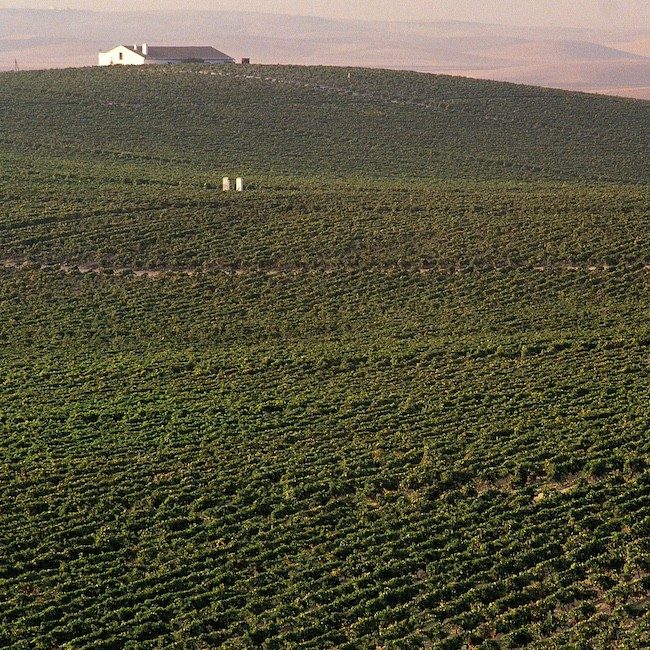
Jerez-Xérès-Sherry DO
After four years of drought, vineyards in the Jerez-Xérès-Sherry DO finally saw some relief with 480-550 litres of precipitation per square metre and cooler nighttime temperatures. As a result, 62.5 million kilos were harvested in 2024, a 25% increase over the previous year.
Antonio Flores, winemaker of Gonzalez Byass’s Tío Pepe winery in DO Jerez commented: “After six years of drought, a combination of rainfall and a mild summer has led to a remarkable recovery of the vineyards in the region. Although annual precipitation levels were below average, the rains in March played a crucial role in ensuring both the quantity and quality of the grapes. Additionally, the moderate temperatures during the summer facilitated a normal progression of the growing cycle.”
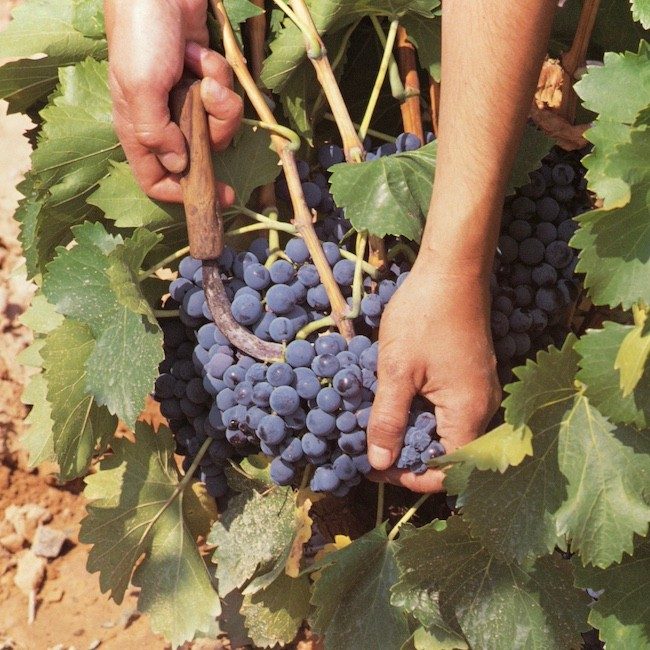
DOCa Rioja
2024 saw DOCa Rioja’s smallest harvest of the century, weighing in at 276 million kilos. This was around 30% down on 2023, itself a relatively small vintage. The region experienced very complicated conditions, including a lot more rainfall than in recent years, with a total of 590mm of precipitation.
Jesús Hernández, environmental and viticultural manager at Bodegas Montecillo, described the cycle as follows:
“We started from a position of drought inherited from previous years. A key factor of note was the rainfall during flowering, which resulted in fewer bunches setting than in previous years.
The month of August was the third warmest since 2005, with barely any rain until the last days of the month. The health of the vineyard was impeccable.
September began with a significant thermal jump between day and night, favouring phenolic ripening and toughening the skins. At the same time, a large number of torrential storms occurred across Rioja. These conditions meant that we had to take decisive action to ensure the quality of the grapes. The resulting musts show restrained alcohol, marked acidity and great phenolic ripening.”
Sites that could be harvested to avoid the risk of grapes splitting and rotting fared best. LAN’s Vina Lanciano vineyard, located in a meander of the Ebro River, with very pebbly, heat-retaining soil, was harvested particularly early, “with a perfect balance between acidity and sugar.”
Likewise, Jackson Brooke, winemaker at Bodegas Cosme Palacio in Rioja Alavesa, noted that "our old vines ripened quickly due to the low production levels.” They were harvested as soon as they were ripe to avoid any “danger due to the large amount of rain that had fallen in a short time."
Brooke went on to describe the quality of the grapes as "very, very good" overall, stating that “there will be no compromise in terms of quality or quantity in our best wines."
As for Rioja Oriental, Bodegas Queirón located in Quel to the east of the Rioja DOCa, said that hopes of a memorable vintage, such as those of 1994 or 2001, were “dashed by intense rainfall at the start of September.” However, they explained that excellent quality was still achieved in the highest and coolest areas.
“We’ve found the grapes to be fresh with floral notes and more subtle and delicate aromas. To achieve the desired quality, we almost had to act like surgeons during the grape sorting process, selecting only the firmest berries.”
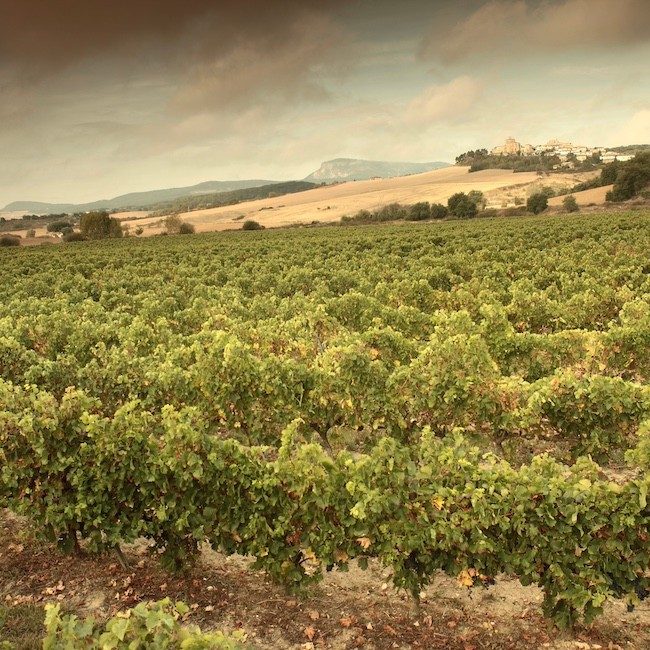
Navarra Region
David Palacios, president of the neighbouring Navarra DO, described the vintage as “short and heroic,” with vine growers having to act quickly to bring in grapes during outbreaks of heavy rain. The 43 million kg harvest is 13 million kilos down on the previous year, but offers “exceptional quality.”
Within the comunidad foral, Otazu, Spain’s most northerly DO Pago winery (Pago de Otazu PDO) commented that the rain that fell during the first weeks of September, combined with sunny days and winds from the north, “created the perfect conditions.” The harvest started with the Chardonnay variety, “with firm, juicy berries, ready to offer fresh, vibrant wines, with floral and citrus aromas.” The winery then went on to harvest the red grapes including the Berués variety, a grape native to the Pamplona area that the winery has recovered and will vinify for the first time in this vintage after years of research. “It was picked at the end of September, at the ideal moment of ripeness. It is purple in colour with aromas of red berries and floral notes.”
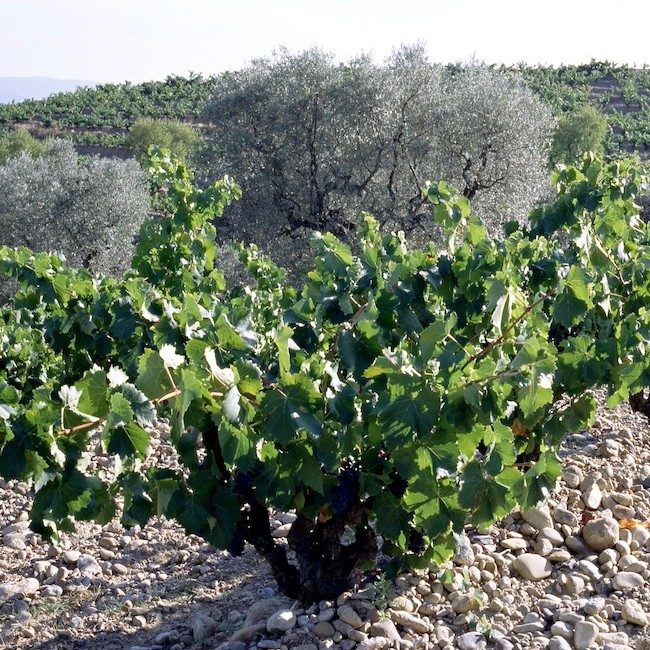
Aragón
Campo de Borja DO
This year’s harvest in Campo de Borja DO started with the white variety Chardonnay on the 20th August and concluded with high altitude Garnacha on the 8th November. Intermittent rainfall affected production and although the final production was 11% up on the previous year, the total of 23.5 million kilos represents 29% less than the average of the last ten years, primarily due to the ongoing affects of drought.
Emilio del Caso, General Director of Bodegas Borsao commented that unlike last year, “the temperature and humidity over the final months allowed the ripening process to take place in the ideal conditions, so we expect the musts to show very well balanced sugar and acidity. This will translate to excellent quality wines, above the average of previous years.”
Calatayud DO
Despite increased rainfall this year in Calatayud DO, yields also continued to be low, as Norrel Robertson MW explains: “As fecundity and fruitfulness of the 2024 crop was based on plant nutrition and water availability the year before, there are a lot of vineyards that did not have many grapes this year, as the 2024 fruit was laid down in the buds during last year’s drought. There was also poor fruit-set in many high altitude Garnacha vineyards around Aragón.
Frost events on the 23rd and 24th of April reduced yields in up to 25% of our vineyards situated in the Ribota and Manubles valleys, but spring rains insured at least a good recovery of growth.
Summer 2024 did not have the excessive heat and drought of 2022 and 2023 and as such the wines will be fresher, more balanced and long lived.”
Somontano DO
The Somontano DO, to the north of Aragon, in the foothills of the Pyrenees, saw another small harvest, 20% lower than the average of the last 10 years, due to adverse weather with several spring frost and hail episodes, as well as rain during harvest.
José Ferrer, winemaker at the Viñas del Vero winery, commented that it saw: “variable production levels across parcels and several rainy periods. The white varieties experienced overlapping ripening phases, while the red varieties took longer to reach their optimal maturity.
The excellent organisation of the harvest in both vineyard and winery, as well as swift decision-making during abundant rain, helped overcome the challenges. Consequently our wines are fluid, lively, and fresher than usual.” Ferrer concluded.
Castile and León
Rueda DO
Rueda DO had a generous harvest in 2024, exceeding the previous year's production and quality is said to be excellent.
The team at Belondrade commented that they started harvesting on the 2nd September, “slightly later than initially envisaged, due not only to spring and summer rains, but also to lower minimum and maximum temperatures during the last part of the cycle.” The winery explained that minimums fell to 6ºC, while maximums did not surpass 30ºC, “creating a thermal contrast that was very beneficial for the grapes, enabling slow ripening and retaining high acidity.”
Tens of litres of water fell across the region during the first week of September, forcing the winery to stop harvesting until the 16th of September. The final parcel was picked on the 23rd September and the winery described the harvest as “generous and with enormous potential to create wines for long ageing.”
The Ontañón Family’s Ripa Dorii team was excited about the "silky texture and aromatic tension" of its Rueda wines, which exhibit balance and great structure.
Ribera del Duero DO
Ribera del Duero DO experienced a wet winter and spring, followed by frost and hailstorms that reduced production. The Regulatory Council defined it as a “vintage of challenges” with the harvest in this heterogenous region extending over 68 days from the 28th August to the 4th November. The final quantity harvested was 18.8% down on 2023, with a total of 95 million kilos of grapes.
David Ayala, Technical Director of Pinea Winery, described the 2024 vintage as being "a game of contrasts. The generous rains of the cycle were accompanied by spring frosts that reduced yield but, in return, gave us exceptional fruit: fresh, balanced and with a perfect ripeness for the stylistic cut of our wines,” which he described as “fluid, vibrant wines, with impeccable acidity and a freshness that invites you to enjoy each glass."
Roberto Frías, Viticultural Director at Grupo La Rioja Alta, SA, also commented that the low production at their Áster winery in Ribera del Duero, “led to full ripening of the Tinta del País (Tempranillo)” and that “initial tastings indicated high quality wines.”
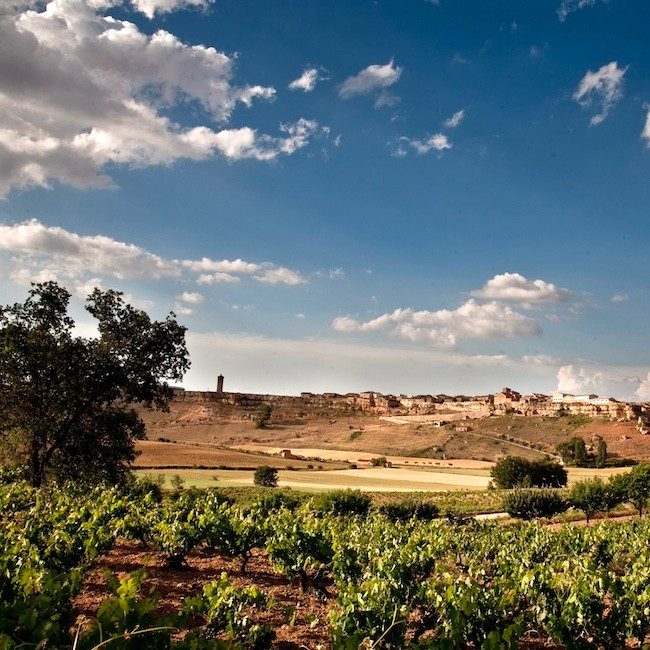
Toro DO
Julio Rodríguez, Estate Director of Bodega Numanthia, reported that several blocks suffered spring frost in 2024, leading to challenges such as complete crop loss in some blocks and phenolic heterogeneity in others. This required close monitoring of the blocks throughout the season.
The season in Toro DO started with good water reserves from abundant rainfall in autumn/winter 2023/2024, followed by reasonable spring rainfall. While spring frost impacted production in many blocks, rainfall in the latter part of the season helped alleviate the dry summer and improve yields in later-ripening blocks. The final harvest was in line with initial forecasts.
“Although we expected above average vigour, a drier and moderately warmer summer moderated such vigour development. In any case, thanks to the water reserves, we can now conclude that 2024 was a great season.”
Rodriguez highlighted the quality of the grapes, stating that initial assessments during harvest and post-fermentation analysis confirmed perfectly balanced and ripe tannins, good acidity, and sugar levels consistent with recent years. He expects 2024 to be among Bodega Numanthia's best vintages.
Bierzo DO
Bierzo DO received 1,000 litres of precipitation per square metre during the growing season, leading to losses from hail and mildew. The harvest was significantly smaller than the five-year average, but the quality was considered “exceptional,” with “intense fruit flavours and great balance.”
Palacio de Canedo, which produces the Prada a Tope wines was the region’s first winery to start harvesting, picking Chardonnay and Godello for its El Xamprada sparkling wine at the end of August and finishing with Mencia grapes a month later. The winery commented:
“In the end, we harvested around 50% of what we would expect in an average year. The Godello grapes were particularly affected by the hailstorm that occurred in July as well as the outbreaks of mildew. Mencia was much more resistant to these problems, demonstrating how well it is adapted to the terroir of Bierzo.”
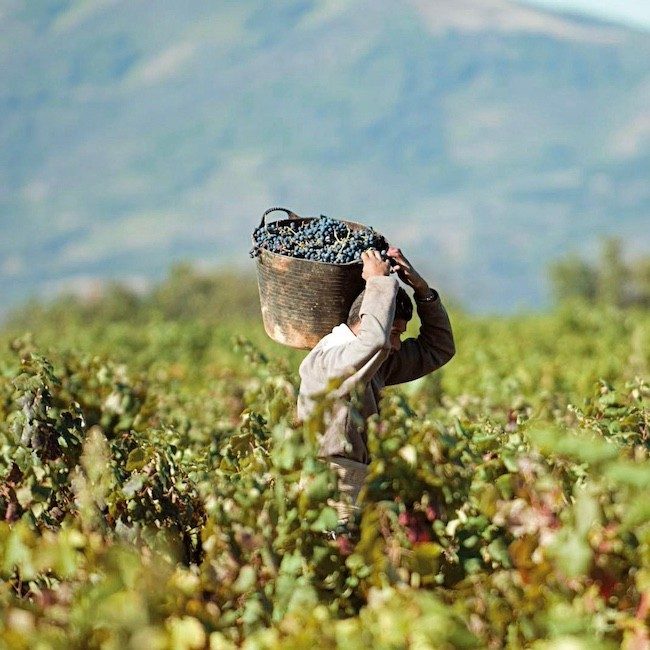
Galicia
The winter and spring were unusually warm and damp throughout Galicia. This led to early budding. Stormy weather in June then led to some flowering issues with up to 10% millerandage. Humidity also resulted in some mildew, although timely treatments limited its effects.
Rías Baixas DO
The harvest in Galicia’s largest region was around 5% down on the previous year, with a total of 42 million kg harvested. The harvest started and ended a week later than in 2023, commencing on the 27th August and finishing on the 14th October.
The Regulatory Council of Rías Baixas DO summed up the vintage as offering “very good to excellent” quality, “ The grapes show signs of both health and ripeness, with good levels of acidity and alcohol. This was all enabled by excellent conditions throughout the summer, allowing a fantastic veraison. The weather was also very good throughout the harvest, allowing the grapes to be picked steadily, without rushing.”
At Mar de Frades, the harvest commenced on the 28th August with grapes for their sparkling wines, before extending to grapes for still wines on the 3rd September. Paula Fandiño, the winemaker of Mar de Frades comments: “This year the grapes are very ripe and more intense in aromas than ever, with notes of pineapple, mango, melon and peach.”
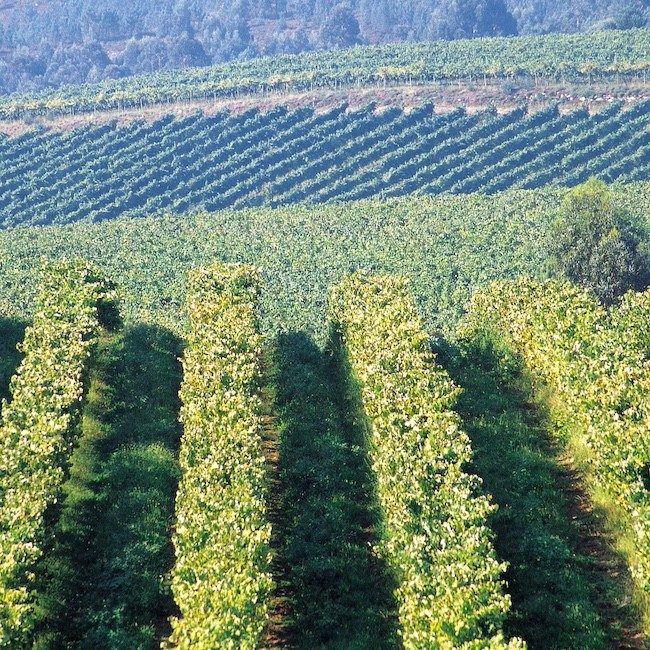
Catalonia
As spring and summer rainfall across the region continued to be well below historic averages, the Federació de Cooperatives Agràries de Catalunya (FCAC) predicts that this vintage will be the smallest this century. They estimate a final harvest of 246 million kg of grapes, 10% down on last year’s harvest and 50% of what would be considered a ‘normal’ year.
Roger Canals of Vins El Cep in Penedès DO, commented: “Although we saw more rain in March 2023 than we did in 2024, the vines have memory, so produced lots of vegetation but not as many grapes. So although we expected more, the final production was the same as 2023 when extreme drought led to 50% of the usual yield.”
The Cava DO reported that the severe and persistent drought of the past three years has led to low yields and product shortages.
The president of the Cava DO, Javier Pagés, said that “it is obvious that the product is scarce, in a moment when quality sparkling wines such as Cava are sought after by consumers across the world.” Pagès added that “there are also positive aspects to the low stock. With increased demand comes some benefits, prices and margins have risen, adding value throughout the chain. Therefore, the prices paid for the grapes in the last harvest rose again, but, on the other hand, the majority of growers had low yields due to the drought.”
The DO also highlighted the fact that the rainfall that has fallen this autumn augurs well for the 2025 vintage, depending on what happens weather-wise next year, of course.
As for quality, Castell D’Or, a group of co-operatives that covers seven of the twelve Catalan DOs, reported that, “The acidity is well-balanced, with an ideal pH and small berries contributing to an aromatic concentration that we believe will be appreciated by our customers.”
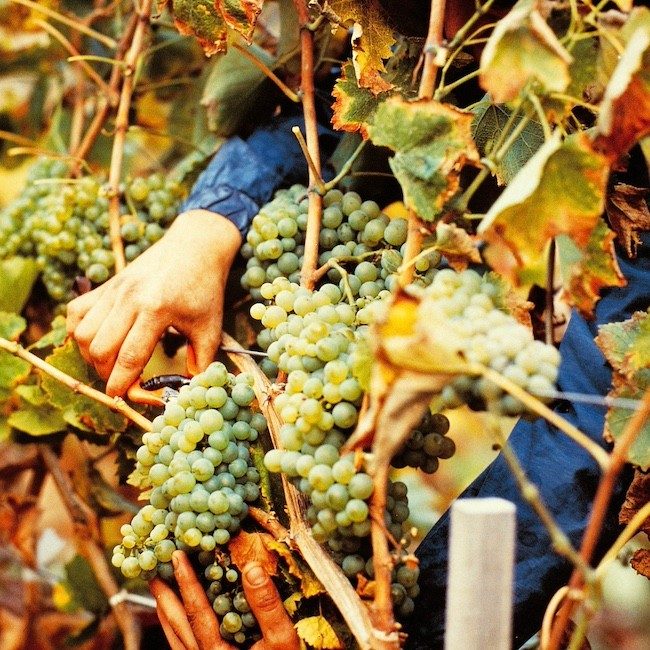
Valencia
In Utiel - Requena DO, Hispano Suizas reported that the 2024 vintage was impacted by the intensification of three years of ongoing drought leading to a lack of vine vigour and low yields, particularly in the red varieties.
Despite these challenges, the grape health remained excellent throughout the harvest. White varieties ripened earlier than usual, with the Chardonnay and Pinot Noir for Cava base wines harvested in the first week of August with good health and acidity.
Red varieties, on the other hand, struggled to ripen due to the lack of water. However, after delaying the harvest for nearly a fortnight, the winery was able to achieve good ripeness and produce balanced red wines with slightly lower alcohol content but mature and elegant tannins.
“The 2024 vintage displays excellent quality and we expect it to age very well,” its spokesperson concluded.
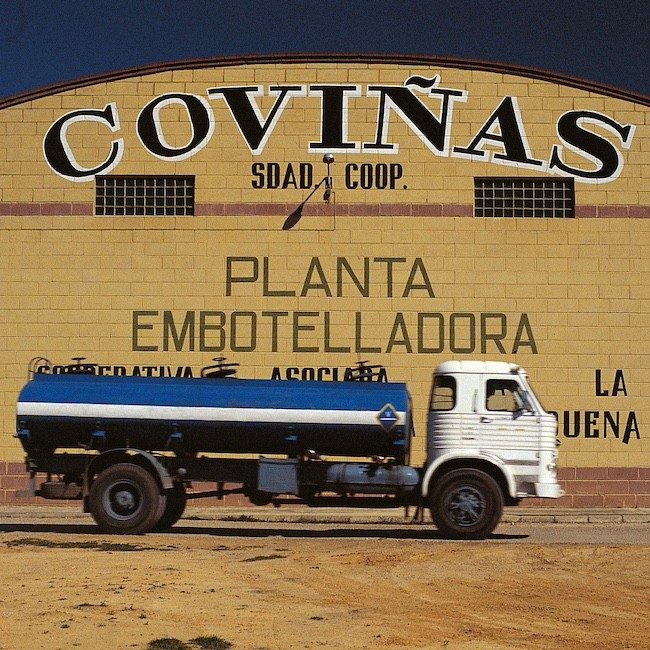
Jumilla
Jumilla DO experienced its smallest vintage on record, with even the drought-tolerant Monastrell vines suffering after three years of minimal rainfall, with just 130 litres recorded in 2024, as well as plagues of rabbits eating the grapes. The total of 46 million kilos was 14% down on 2023 and as much as 40% lower than the average of recent harvests. It was also the earliest harvest on record, with picking of the white varieties starting in July.
However, the Regulatory Council remarked on the “refinement and elegance” of the wines, explaining that despite the drought, “the average sugar levels and alcohol were no higher than in other years, and in some cases, lower, due to the fact that there were fewer leaves on the vines, earlier withering, and therefore less photosynthesis.”
Bodegas Luzón commented on the challenges presented by the extreme drought:
“The rainfall was not just low, when it did come, it fell in torrential downpours that made it hard for it to be absorbed into the soil.”
They explained that because of the drought, the dry-farmed Monastrell budded late with small shoots, although irrigated parcels fared better.
“One positive occurrence was the spell of rain at the start of September. Although late, it helped the vines recover slightly. They helped to not only increase the size of the grapes but also delayed ripening. This allowed us to optimise the harvest, ensuring excellent quality although a lower quantity of grapes.”
The winery reported that it harvested 60% less than it would in an average year.
Castile - La Mancha
Castile - La Mancha announced a final production of 23 million hectolitres of wine and must, representing 62% of Spain’s total production. The regional councillor for Farming and Rural Affairs, Julián Martínez Lizán said that it was, “lower than the regional average of around 25 million hectolitres but larger than that of other regions.” This vast vine growing area experienced more moderate summer temperatures than in previous years, and received plentiful spring rainfall. However in some areas, such as Bodegas Garcia de Lara’s old vine vineyards outside Toledo, production was reduced due to budding issues and hail.
Lizán spoke of a “very high quality harvest” and mentioned that the fact that in September, stocks of the previous vintages were at their lowest level since 2013, creating “a very good opportunity to continue to increase prices, benefitting growers across the region.”
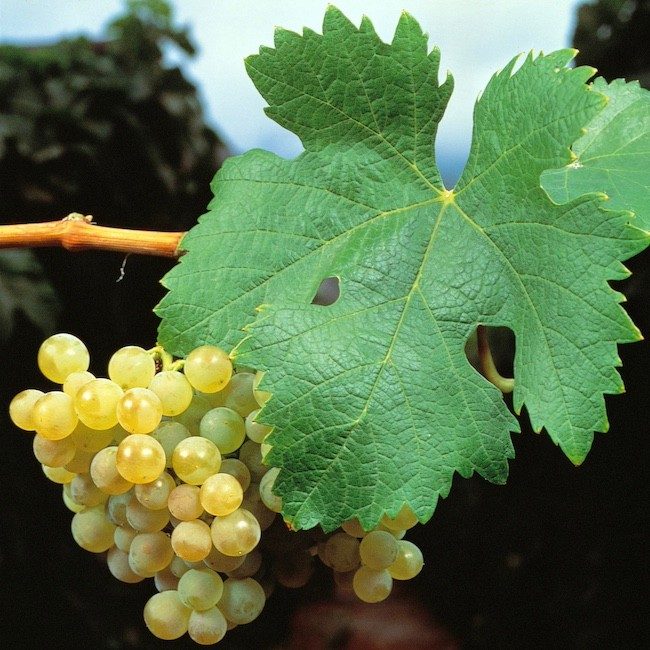
The Islands
Both the Canary and Balearic Islands saw small vintages in 2024 due to the ongoing drought. While temperatures were not as high as in previous years, the Canaries received very little rain.
Gran Canaria reported its smallest harvest in a decade. With a total of 196.690 kilos, it represents around half of what was harvested last year and is way off the 573.290 kilos harvested in 2015.
The six DOs across Tenerife harvested a total of 4.1 million kilos compared to 5 million last year. Tacoronte-Acentejo DO was particularly badly hit, with the volume down 42% on an average year.
Compared to last year, the 2024 vintage from Valle de la Orotava DO was only 6% down but as the Regulatory Council reported:
“The 2023 harvest was more than 17% down on the 2022 vintage, and in 2022 there was more than a 36% loss compared to the “normal” vintages of 2020 or 2021. So compared to an average vintage, the 2024 harvest was around 68% down due to the drought and lack of cold spells of the last three years.”
Interestingly, the Council noted that vines grown in the traditional “cordón trenzado” growing system fared much better than those on more modern training systems, thanks largely to their extensive root systems formed over many years.
The El Grifo winery in Lanzarote, which has produced wine continuously since 1775, noted that the 2024 harvest in Lanzarote was very limited due to drought, with a 50% reduction in the grapes harvested. Despite this, the quality of the grapes was high, and their winemaker Elisa Ludeña described the wines as "very fresh this year, with an Atlantic character and marked acidity."



